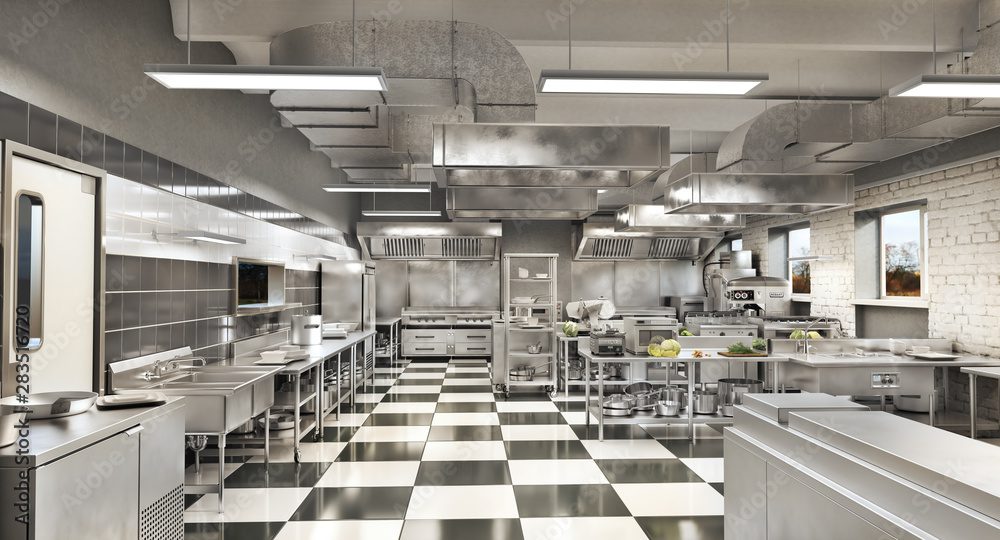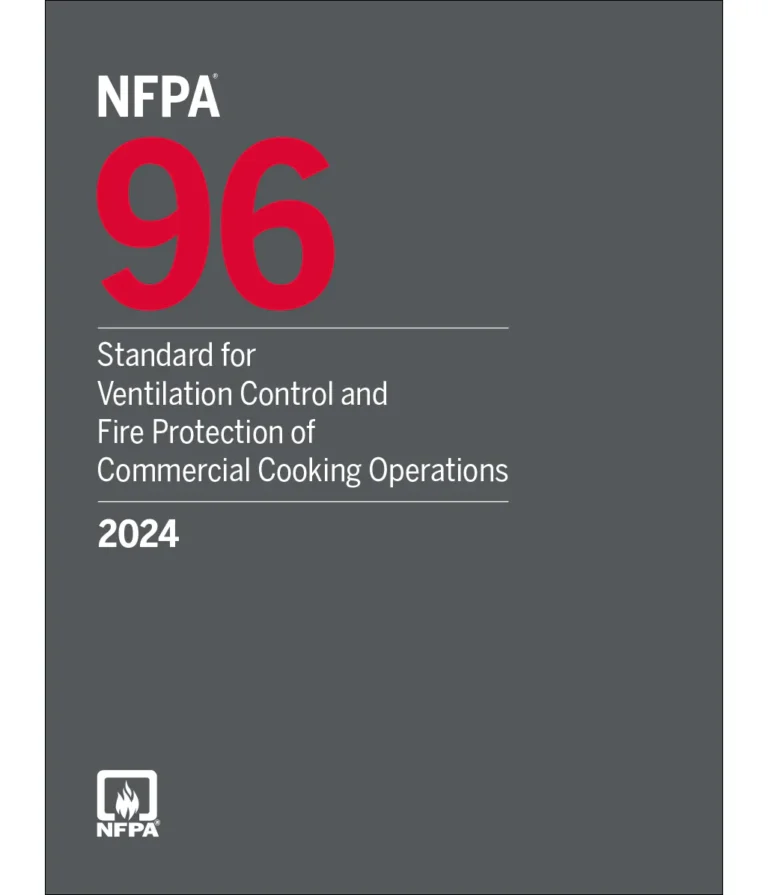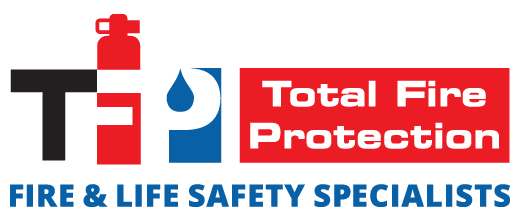In the bustling environment of a commercial kitchen, safety is as crucial as the culinary art itself. The National Fire Protection Association (NFPA) 96 Standard provides the much-needed framework for the installation and operation of cooking equipment, aiming to mitigate fire risks in commercial food service establishments. Understanding and adhering to these standards not only ensures compliance but significantly bolsters safety.


Overview of NFPA 96
NFPA 96 is the definitive standard for the ventilation control and fire protection of commercial cooking operations. It outlines the preventive and operative measures necessary to curb fire hazards associated with cooking. These include maintaining exhaust systems, properly installing cooking equipment, and using fire-extinguishing systems designed specifically for kitchens.
NFPA 96: Essential Standards
- Hoods and Ventilation: At the core of NFPA 96 are the requirements for kitchen hoods. These are not just simple appliances but are sophisticated systems designed to remove smoke, heat, and combustible byproducts from cooking processes. The standards specify the size, type, and installation specifics to ensure they function efficiently and reduce fire risks.

- Hood Size and Construction: The size of the hood must adequately cover all cooking equipment to effectively capture and contain grease-laden vapors. NFPA 96 details the construction standards for hoods, including materials and the need for noncombustible construction.
- Exhaust Systems: The exhaust system, including fans and ducting, is crucial for removing airborne particles and heat from the kitchen. NFPA 96 specifies how these should be constructed and maintained, emphasizing regular cleaning to prevent grease accumulation, a primary fuel source for kitchen fires.

- Integrated Air Plenums: This standard also addresses the use of air plenums. These must be designed to prevent the accumulation of grease and to ensure that any potential fires are contained and do not spread to other areas of the building.
- Compliance and Inspection: Adhering to NFPA 96 involves regular inspections and maintenance to ensure all components of the kitchen exhaust system are functioning correctly and are free from excessive grease buildup.

Closing
Understanding and implementing NFPA 96 can seem daunting, but it is essential for the safety of any establishment that involves cooking. The consequences of non-compliance can be severe, from fines to increased risk of fire, which can cause injury, loss of life, and significant property damage.




